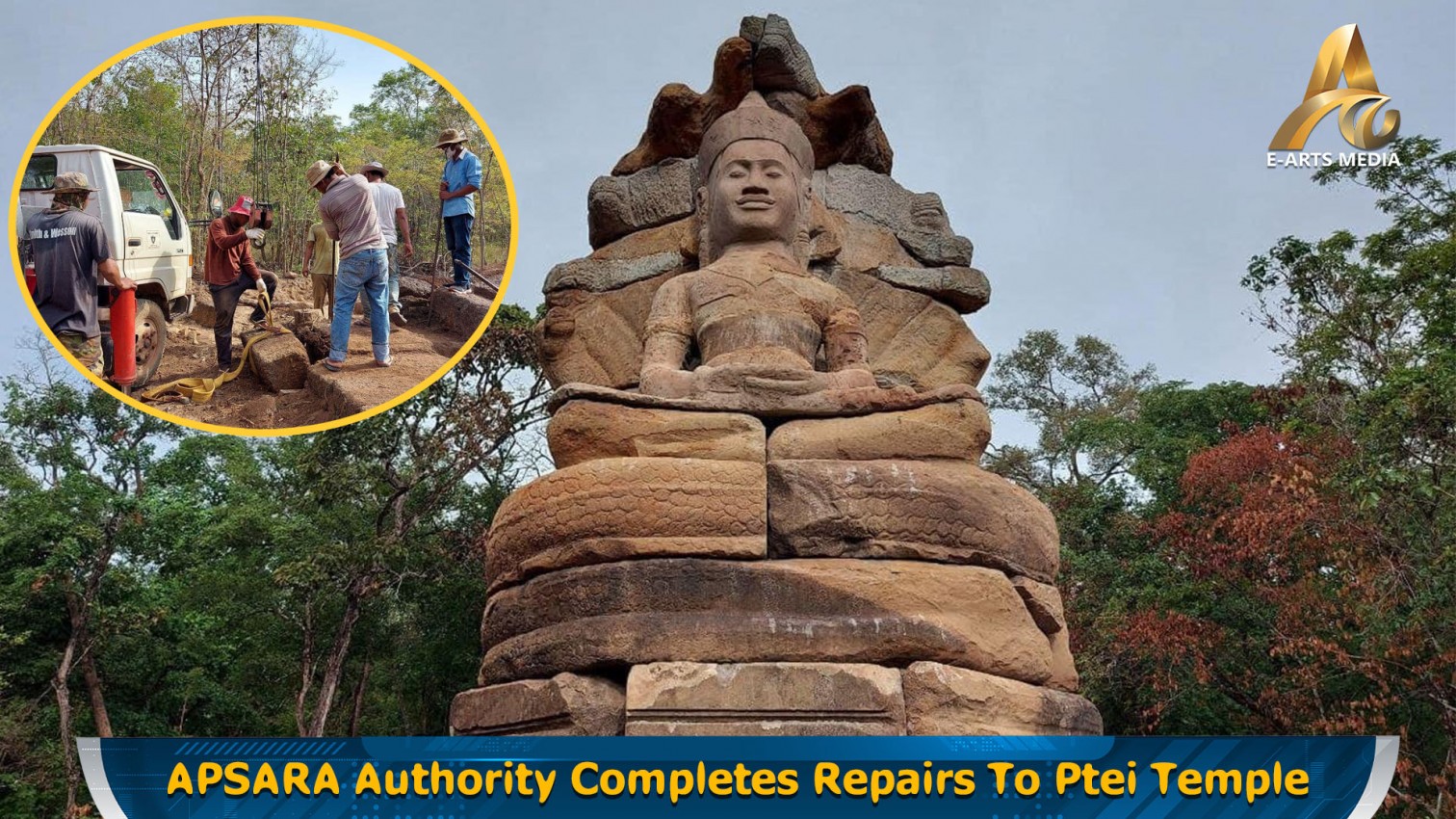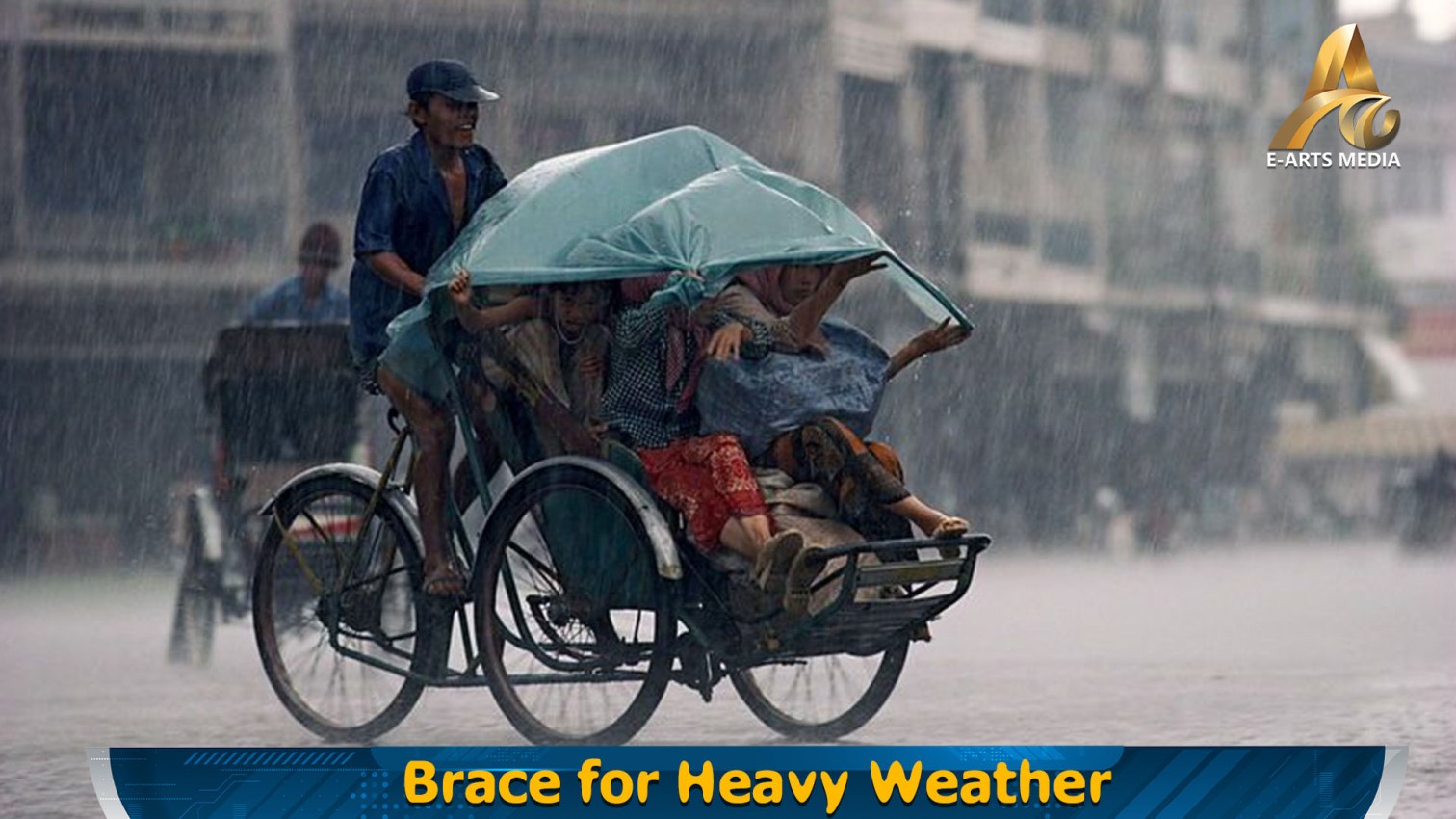PHNOM PENH, June 5, 2024 – The ancient capital of the Phnom Kingdom, referred to as Tik-muik (Tik Muk), situated approximately 500 li (200 kilometers) from the sea, has been a subject of extensive research as highlighted in a Chinese report from the Tang Dynasty era. Historical consensus suggests that the capital of the Phnom Kingdom, known in inscriptions as Vyah Pura, was located in what is now Takeo Province, an area once considered by scholar George Coedès to be the early hub before it moved to Phnom Bayang in Prey Veng Province.
Moreover, the Phnom Kingdom boasted a bustling international port named O Keo, now positioned in southern Vietnam. Angkor Borei has yielded numerous artifacts such as architectural layouts, temple foundations, sculptures, inscriptions, burial sites, urban plans, and paved roads, reinforcing its historical significance. However, much of Phnom Bayang remains to be explored, with only temple foundations and ancient constructions found near the historical site.
The kingdom, bordered by the sea and crisscrossed by rivers and lakes, had developed a sophisticated hydraulic system for agricultural use.
CULTURAL AND LITERARY INFLUENCE FROM INDIA:
From the 1st century onward, Phnom Kingdom experienced significant Indian influence, incorporating aspects of social organization, economy, and Buddhism into its culture, art, and architecture. The earliest Khmer inscriptions found at Angkor Borei date back to the early 7th century (611 AD), detailing the construction of temples and listing royal names and high-ranking officials. Architecturally, the initial religious structures resembled Southern Indian designs, evident from temples built between the 5th and 6th centuries.
Aside from temples, mountain caves in the area, and regions like Kampot, Kampong Cham, and Kampong Thom, hosted constructions dedicated to Brahmanism and Buddhism. Several deity statues representing Shiva, Vishnu, or Narayana, Buddha, Lokeshvara, Prajnaparamita, Krishna, Balarama, and Rama (all key figures in Indian mythology and integral to local religious practices) were discovered.
SCRIPT AND INSCRIPTIONS:
The kingdom used two languages in its inscriptions: Sanskrit and ancient Khmer. Most Sanskrit inscriptions were poetic eulogies to deities, kings, or Brahmins, using terms reserved for high-status individuals. Those with profound knowledge were appointed to oversee and command the inscriptions' creation. In contrast, ancient Khmer inscriptions discussed the construction of temples, listed royal names, high officials, musicians, dancers, temple servants, and detailed the properties and lands endowed to the temples.
This research provides a nuanced understanding of the Phnom Kingdom’s cultural and architectural legacy, illustrating a rich history influenced heavily by Indian traditions, yet distinctly Khmer in execution.



























